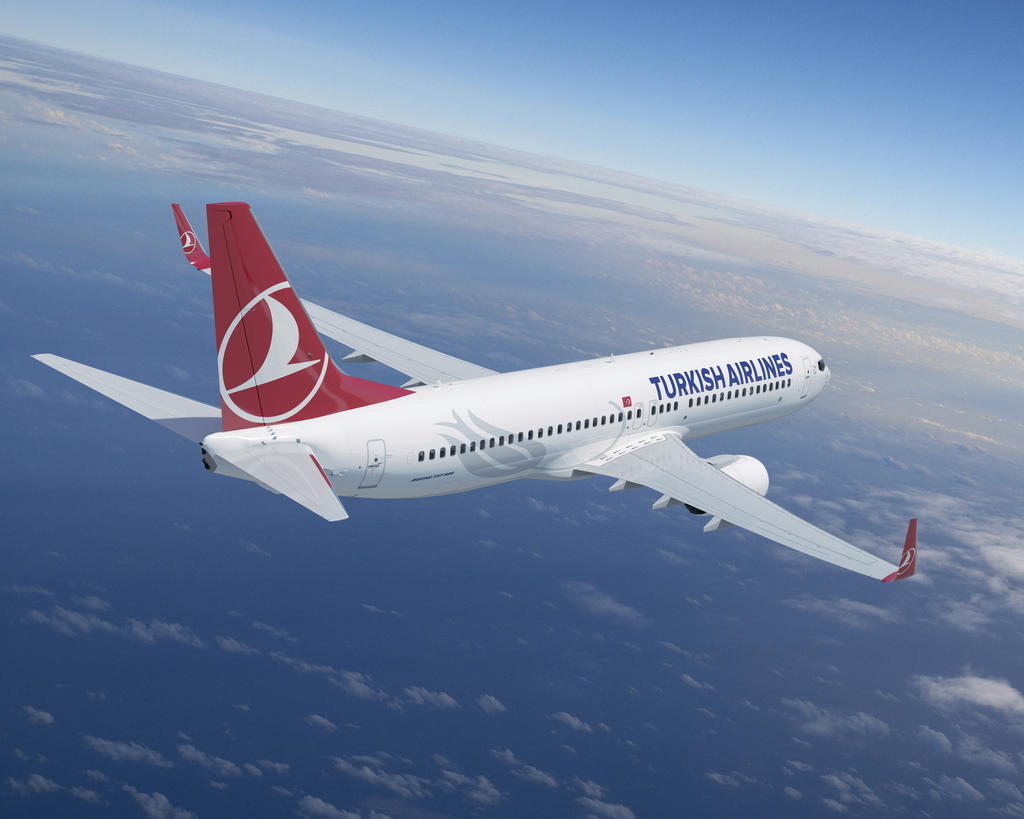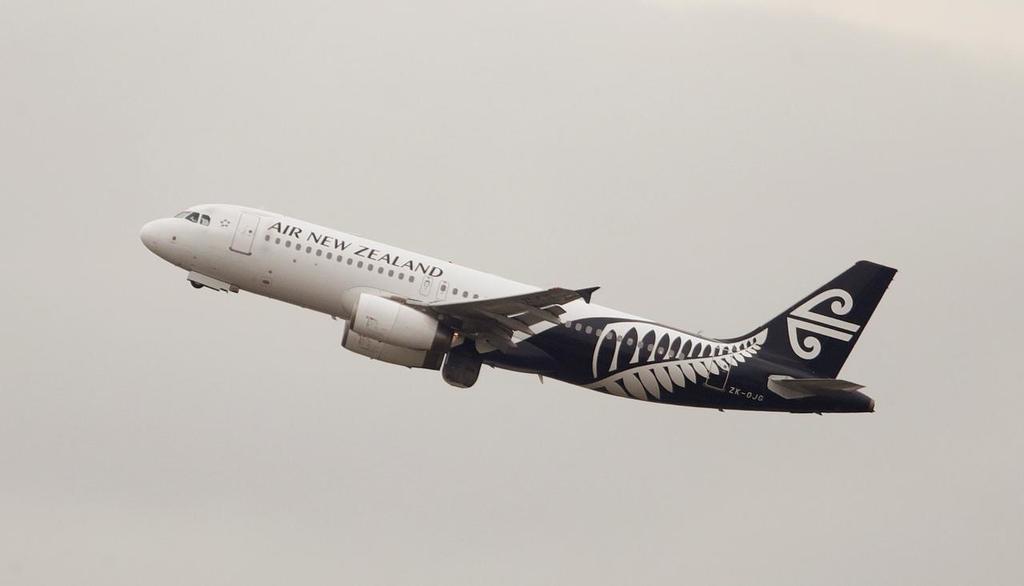Singapore Airlines, Changi Airport missing from Airhelp’s top ten survey
December 28, 2022 Leave a comment
A survey by Germany-based AirHelp named Qatar Airways the world’s best airline in 2022. No surprises there, as the Gulf carrier has amassed several awards in different surveys including Skytrax and Conde Bast.
Not surprising either to see Etihad Airways and Japan Airlines (JAL) in the top ten list. It is gratifying to see improved standing for Qantas and China Airlines, if this is any indication. Even more gratifying it is to see US airlines being recognized – United Airlines ranked second and American Airlines eight – as they are usually absent in most surveys of the world’s best airlines.
But what must be a big shocker is the absence of Singapore Airlines (SIA) in the ranks of the top ten as, like Qatar, the Singapore carrier has been a perennial favourite of Skytax, Conde Nast and several other surveys. AirHelp ranked the airline at #22.
There are of course surveys and there are surveys. Even the most reputable surveys are subject to some degree of bias in how the parameters are set and the respondents selected. AirtHelp, being a claims management company, weighs in heavily on airline compensation and how satisfied customers are with the way this has been handled. This shifts the focus to post-event instead of the event itself when an airline such as SIA might argue they aim to do it right up front so as to reduce the need to make up for any aberration.
This is not to say after sale is not important but on he contrary should the need arise to address problems and issues encountered while in service. In recent years of the Covid-19 pandemic until today, this has become a significant feature in customer satisfaction. Particularly also in countries susceptible to the vagaries of the weather and prone to disruptive industrial action, this too has become an important measure of satisfaction for travellers, which may explain how some airlines which have generally fared not as well in other surveys are being recognized in AirHelp rankings.
Yet it is not something, whatever the circumstances, to be ignored by SIA, which scored 5.3 compared to Qantas’ 8.7, United’s 8.4 and Qatar’s 7.8 points.
To be fair, AirHelp attempts to balance claim processing with on-time performance and customer opinion. SIA scored a good 7.8 for on-time performance which would have placed it in the top ten, though behind Qatar’s 8.11, United’s 8.07, Qantas’ 8.02 and Etihad’s 7.98 points. And for customer opinion, SIA – quite to be expected – scored a handsome 8.7, behind All Nippon Airways’ 9.0 and JAL’s 8.9 but above Etihad’s 8.1, United’s 7.9 and Qatar”s 7.6.
While the aggregation tells a different story, for what it is worth, it may be more useful to see how one fares for each individual component.
AirHelp does not differentiate the airlines by sizes, so several smaller operators may by nature of this score much higher than larger airlines. What SIA should be concerned is not how they compare with these smaller operators but its closest rivals, that if this survey were to serve any purpose, what are airlines such as Qatar, Qantas and JAL doing better? Know the competition, it’s nothing new.
The same may be said of airport rankings which AirHelp said are based on on-time performance, customer opinion, and food and shops. Singapore Changi Airport ranked #23, far behind Japan’s Tokyo Haneda International (first), Tokyo Narita International (third) and Dubai International (ninth).
The Singapore hub airport scored 7.63 for on-time performance – undeniably an important criterion for most if not all travellers – compared to Haneda’s 8.89, Narita’s 8.39 and Dubai’s 7.81 points.
For customer’s opinion, Changi scored 8.74, not far behind Haneda’s 8.90. Narita’s 8.78 and Dubai’s 8.75 points. Changi has been known to make headline news with its state-of-the-art technology and lavish facilities. And while the magic seems to still hold sway, is there something else about Japanese airports that other airports seem to be missing?
Finally, for food and shops, Changi maintains its reputation as a food paradise and the crossroads of international cuisines with a score of 8.66, behind Dubai’s 9.22 but above Haneda’s 8.57 and Narita’s 8.52 points.
All said, perhaps the year 2022 is not really representative of comparative global airline performance in the light of travel restrictions and disruptions caused by the Covid-19 pandemic, which favours domestic and regional hop to international travel. Yet in hard times as in good, consistency is what stands out the best operator.


























